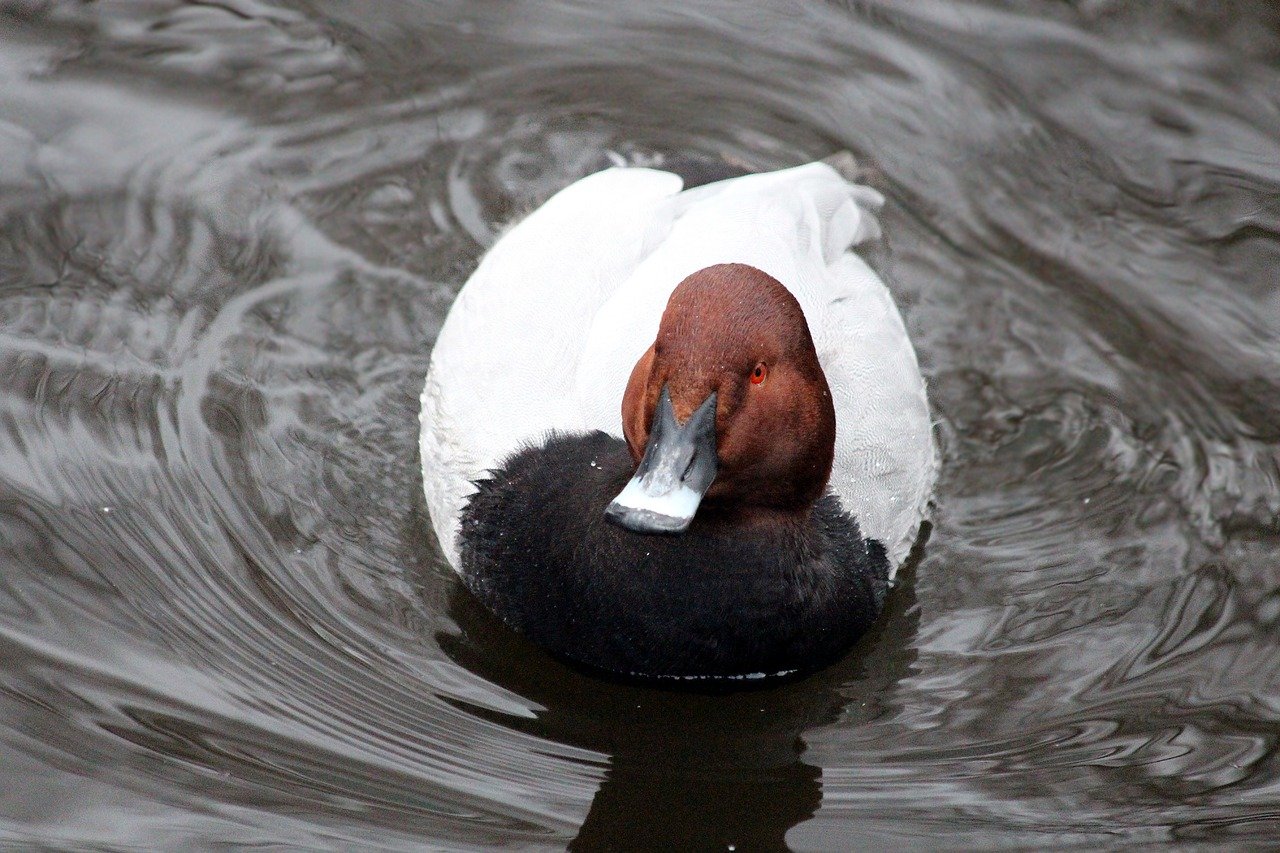Population development and breeding success of Pochard Aythya ferina at Angarnsjöängen, Uppland, in 1995—2005
DOI:
https://doi.org/10.34080/os.v15.22730Keywords:
breeding biology, brood size, nest site selection, intraspecific competitionAbstract
Abundance of wildfowl has been censused annually since 1978 at Angarnsjöängen, a shallow formerly drained eutrophic lake near Stockholm, Sweden. It was extensively restored 1992—1993. Breeding success has been monitored since 1995. Here breeding data on Pochard Aythya ferina, collected 1995—2005, are presented. The population showed large fluctuations between 1978 and 2005 and they were not related to the status of the lake. The population varied between 2 and 14 breeding pairs. In four of the eleven years no broods were observed. It is suggested that the main causes for an absence of reproductive success are water level and/or lack of nesting sites. Mean brood size per successful pair was 5.6 pulli, similar to that in Central Europe. Breeding success (number of broods or pulli per breeding pair) was not related to the number of breeding pairs. Mean brood size was positively correlated with breeding success, but mean brood size was not related to the number of breeding pairs, neither was there a correlation between the total production of pulli and the number of breeding pairs.
Downloads

Downloads
Published
How to Cite
Issue
Section
License
The copyright of each contribution belongs to the author(s), but all contributions are published under a Creative Commons license, so that anyone is free to share and reuse the contribution as long as the copyright holder is attributed.







